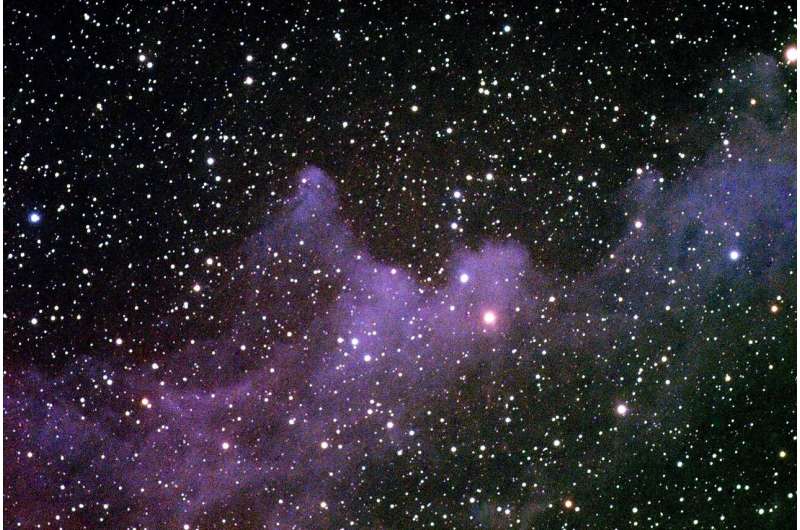Credit: CC0 Public Domain
Tomonori Totani, an astrobiologist with the University of Tokyo is proposing that the search for life beyond Earth be expanded to the study of space dust. In his paper published in the journal International Journal of Astrobiology, he suggests that space dust could be harboring signs of life blasted away from other planets by asteroid strikes.
Despite many years of effort by researchers, evidence of life beyond Earth has never been found. There are two possible reasons for this; the first is that there is no other life out there to find. The second is that we lack the technology to find it due to the vast distances involved. Part of the problem, Totani notes, are the challenges in studying exoplanets millions of miles away. Because of that, he suggests an alternate approach—studying space dust that has landed on Earth. Such dust can be found in ice fields around the poles, he notes, or perhaps in the atmosphere.
Totani notes that asteroids are striking planets all across the Milky Way galaxy, and every time it happens, they kick up debris. With larger strikes, some of that debris could be flung so violently that it escapes its planet's gravity field and heads out into space. And if that planet happens to harbor life, some of that evidence could be flung along with it as part of space dust grains.
Totani suggests that the optimal size for grains of space dust is approximately 1 micrometer—such tiny grains would be large enough to carry evidence of life, but small enough to escape their home planet and the gravity of their star. They would also be able to travel fast enough to reach distant planets such as Earth. He calculates that approximately 100,000 such grains land on Earth every year. Such grains, he suggests, could be carrying traces of life that originated on other worlds and could be analyzed for biosignatures. He further notes in a press release, that evidence has been found of space debris from Mars landing on Earth.
More information: Tomonori Totani, Solid grains ejected from terrestrial exoplanets as a probe of the abundance of life in the Milky Way, International Journal of Astrobiology (2023). DOI: 10.1017/S147355042300006X
Journal information: International Journal of Astrobiology
© 2023 Science X Network
























